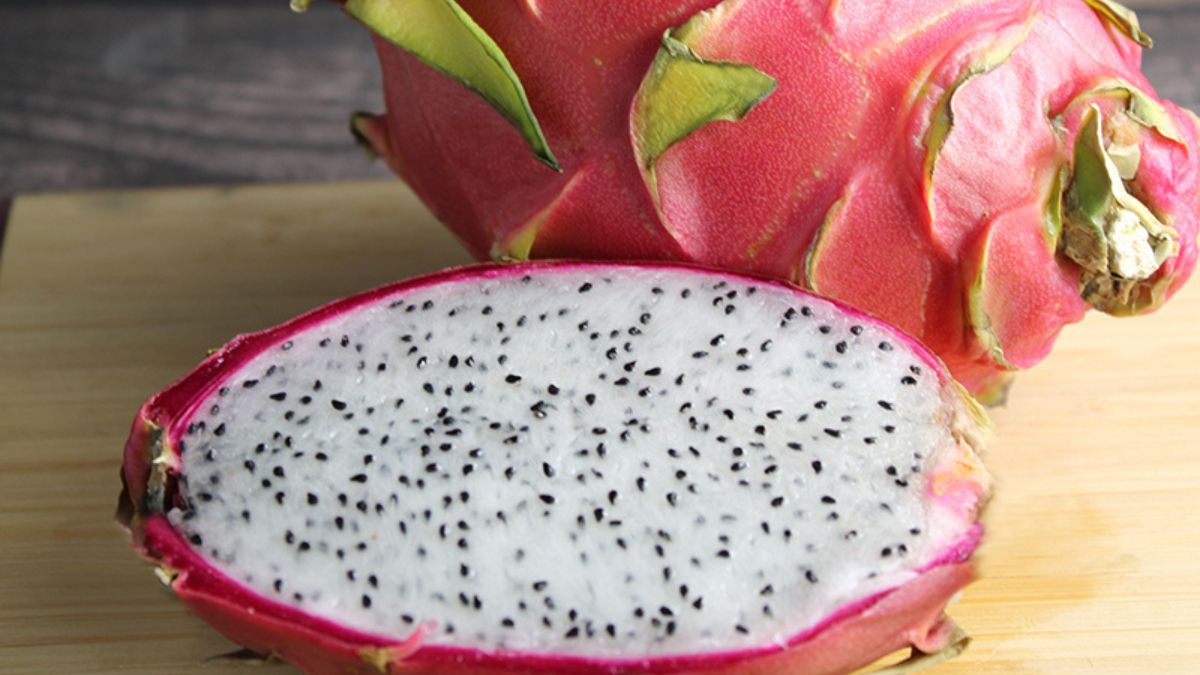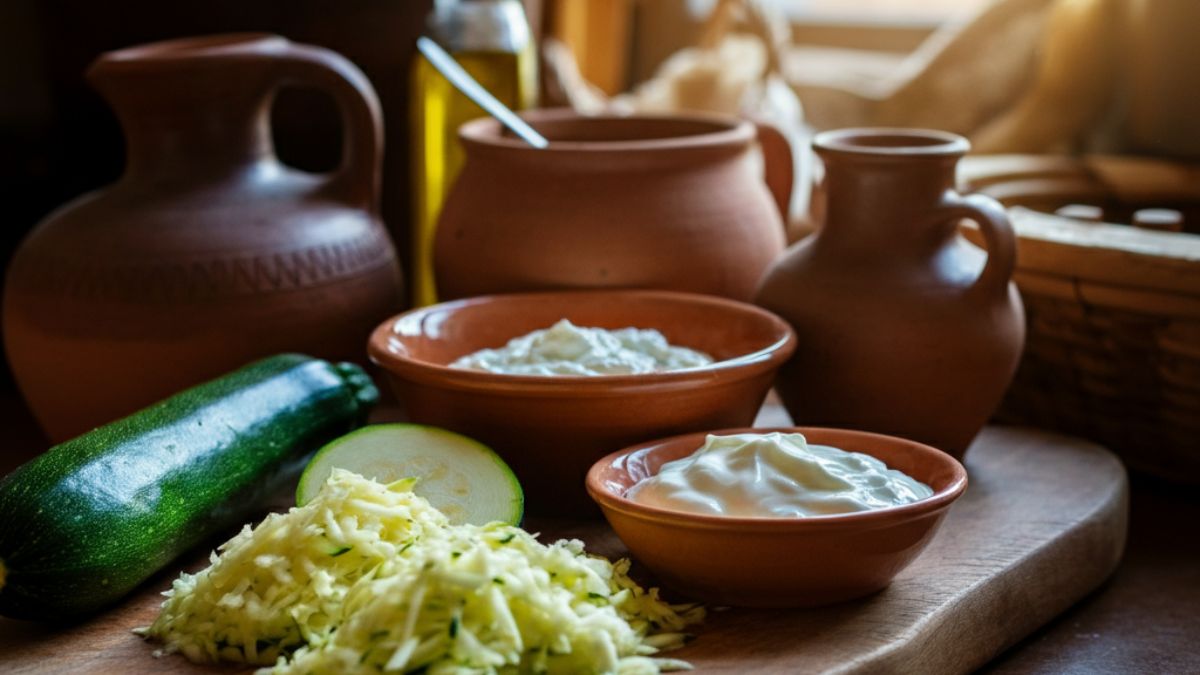The vibrant pink exterior and spotted white flesh of dragon fruit makes it one of the most Instagram-worthy foods on the planet. But this striking cactus fruit offers far more than visual appeal. Native to Central America and now cultivated across tropical regions worldwide, this fruit has earned its reputation as a nutritional powerhouse packed with antioxidants, vitamins, and minerals.
Also known as pitaya, this exotic fruit might look intimidating at first glance, but it’s surprisingly easy to prepare and enjoy. Whether you’re curious about its health benefits, wondering how to select the perfect specimen at the grocery store, or looking for creative ways to incorporate it into your diet, this guide covers everything you need to know about this fruit.
From its fascinating history to practical preparation tips, you’ll discover why this unique fruit deserves a spot in your regular rotation of healthy foods.
What Is Dragon Fruit?
this fruit belongs to the cactus family and grows on climbing cacti called Hylocereus. The fruit typically measures 4-6 inches long and weighs between 5-12 ounces. Its distinctive appearance features bright pink or yellow skin covered in green-tipped scales, giving it an almost mythical dragon-like appearance that inspired its common name.
The flesh inside varies depending on the variety. Most commonly found types include white flesh with tiny black seeds, deep magenta flesh with black seeds, or yellow skin with white flesh. The texture resembles a cross between a kiwi and a pear, while the flavor is subtly sweet with mild floral notes.
Originally native to Mexico and Central America, dragon fruit cultivation has spread throughout Southeast Asia, particularly Vietnam, Thailand, and the Philippines. These regions now produce the majority of this fruit consumed worldwide.
Impressive Health Benefits of Dragon Fruit
Rich in Antioxidants
Dragon fruit contains powerful antioxidants including vitamin C, betalains, and flavonoids. These compounds help protect cells from damage caused by free radicals, potentially reducing inflammation and supporting overall health. The deep red varieties contain higher concentrations of betalains, the same antioxidants found in beets.
Supports Immune Function
A single cup of dragon fruit provides approximately 34% of your daily vitamin C needs. This essential nutrient plays a crucial role in immune system function, collagen production, and iron absorption. The combination of vitamin C with other antioxidants creates a synergistic effect that may enhance immune support.
Promotes Digestive Health
The small black seeds throughout dragon fruit flesh provide healthy omega-3 fatty acids and fiber. The fruit also contains prebiotics, which feed beneficial gut bacteria and support digestive health. Many people find dragon fruit gentle on the stomach, making it an excellent choice for those with sensitive digestion.
May Support Heart Health
Dragon fruit contains magnesium, iron, and B vitamins that contribute to cardiovascular health. The fruit’s natural compounds may help support healthy blood pressure levels and circulation. Additionally, the omega-3 fatty acids from the seeds provide heart-healthy fats.
Low in Calories, High in Nutrients
With only about 60 calories per cup, this fruit offers impressive nutritional density. It provides vitamin C, iron, magnesium, and B vitamins while remaining naturally low in calories and fat. This makes it an excellent choice for those managing their weight while prioritizing nutrition.
How to Select and Store Dragon Fruit
Choosing the Perfect Dragon Fruit
Look for fruits with bright, evenly colored skin without dark spots or soft areas. The scales should appear fresh and green-tipped rather than brown or wilted. Gently press the fruit—it should yield slightly like a ripe avocado but not feel mushy.
Avoid fruits with brown or black spots, overly soft areas, or a fermented smell. Dragon fruit doesn’t continue ripening significantly after harvest, so choose fruit that’s ready to eat.
Proper Storage Methods
Ripe dragon fruit keeps best in the refrigerator for up to one week. Store whole fruits in the crisper drawer to maintain optimal humidity. Once cut, wrap pieces in plastic wrap or store in an airtight container for up to three days.
Slightly underripe dragon fruit can be left at room temperature for 2-3 days to soften slightly, though the flavor won’t develop much further.
How to Prepare Dragon Fruit
Simple Cutting Technique
Start by washing the exterior thoroughly under cool water. Cut the fruit in half lengthwise using a sharp knife. The flesh should scoop out easily with a spoon, similar to an avocado.
Alternatively, you can peel the skin away by scoring it vertically and pulling the sections off like a banana. The skin removes easily when the fruit is properly ripe.
Creative Serving Ideas
Dragon fruit’s mild flavor makes it incredibly versatile. Cube it for fruit salads, blend it into smoothies for natural sweetness and vibrant color, or slice it as an elegant garnish for desserts and cocktails.
The fruit pairs beautifully with lime juice, mint, or coconut. Try it in tropical fruit bowls, as a topping for yogurt or oatmeal, or frozen in ice cube trays for colorful additions to beverages.
Growing Dragon Fruit at Home
Climate Requirements
Dragon fruit thrives in warm, humid climates similar to its native habitat. The plants require temperatures consistently above 50°F and prefer humidity levels between 60-80%. In cooler climates, dragon fruit can be grown in greenhouses or as container plants that move indoors during winter.
Planting and Care
These climbing cacti need strong support structures as they can grow 15-20 feet tall. Plant in well-draining soil with plenty of organic matter. Dragon fruit plants prefer partial shade and protection from strong winds.
Water regularly during growing season but allow soil to dry between waterings. Like other cacti, dragon fruit is drought-tolerant once established but produces better fruit with consistent moisture.
Fruit Production Timeline
Dragon fruit plants typically begin producing fruit 2-3 years after planting. The flowers bloom at night and require cross-pollination for best fruit production. In optimal conditions, plants can produce fruit multiple times per year.
Making Dragon Fruit Part of Your Diet
Dragon fruit’s subtle flavor and impressive nutritional profile make it an excellent addition to a healthy diet. Its natural sweetness satisfies cravings while providing essential nutrients and antioxidants. The fruit’s high water content also contributes to daily hydration needs.
For those new to dragon fruit, start by adding small amounts to familiar dishes like smoothies or fruit salads. The mild taste won’t overpower other flavors, making it an easy introduction to this exotic fruit.
Consider dragon fruit as a colorful, nutrient-dense alternative to other tropical fruits. While it may cost more than conventional options, the unique nutritional benefits and striking appearance offer excellent value for health-conscious consumers.
Embrace the Dragon: Your Next Superfruit Adventure
Dragon fruit represents the perfect combination of exotic appeal and practical nutrition. Its stunning appearance, impressive health benefits, and versatile culinary applications make it worthy of regular inclusion in your diet. Whether you’re seeking new sources of vitamin C, looking to add variety to your fruit intake, or simply want to try something visually spectacular, dragon fruit delivers on all fronts.
Start your this fruit journey by selecting a ripe specimen from your local grocery store or specialty market. With proper selection and simple preparation techniques, you’ll quickly discover why this remarkable fruit has captured attention worldwide. Your taste buds—and your health—will thank you for the adventure.











